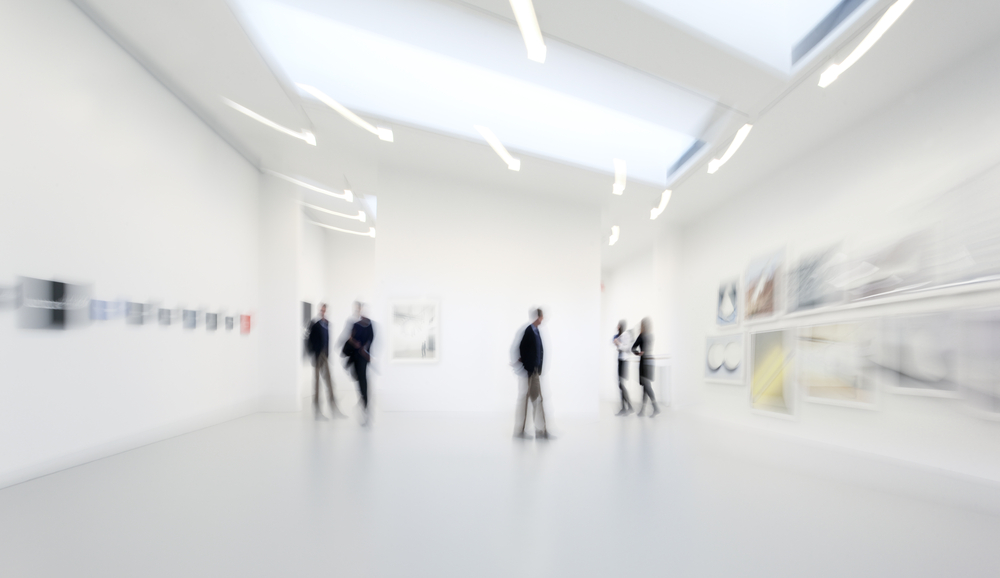This blog post was updated on October 16, 2018.

Last week, I had the pleasure of experiencing Matisse: The Cut-Outs show at MoMA. I was cold and tired as I emerged from underground, entered through MoMA’s minimalist doors and ascended six stories to view the show that all of my colleagues in the art and design world had told me absolutely not to miss. In fact, the word that almost all of them used to describe it was a “revelation.”
The first room was filled with smaller cutouts, including many of the images found in Matisse’s iconic volume, Jazz, as well as the maquettes he created for the journal Verve. I already had the privilege of viewing many of these pieces during my museum travels throughout Europe and the U.S., so the territory felt familiar.
As I gazed upon Matisse’s Deux Danseurs (Two Dansers), I was transported back to the first time I lived in France (and frequented the Centre Georges Pompidou, where this piece is usually housed). As the vibrant blue, yellow and muted brick red entered my field of view, I had aesthetic homecoming. The heady memories of being twenty-one in Paris rushed back, and I smiled, cringed, and sighed at their rapid return.
I lingered for a while in front of the Nu Bleu (Blue Nude) series, most of which I had seen over the years during afternoons at the Pompidou and the Musée d’Orsay. They have always simultaneously comforted and inspired me – maternal, alluring, round and fragmented – a study of the feminine that I’ve been able to identify with at various points throughout my life.

As I moved throughout the rest of the exhibition, I allowed myself to wander, to be pulled to the pieces that spoke to me compositionally or because of the color palette. I marveled at the use of the cutouts – not just how they were arranged, but the fact that Matisse used the discarded pieces from his cuttings – “scraps” that have now become integral parts of the composition. I likened these to memories I have of my travels that have become somehow less important, but, in reality, they all make up the whole of my experience as I move across the planet.
It’s hard to imagine a time and place in the art world when Matisse’s cutouts didn’t exist – they’ve become so well known through their reproduction in books and prints. To Matisse, they were a natural extension – a next step, as it were – of the work he had done his entire career. To the rest of the world, they were a revelation. To me, they are both a vessel for memory and a call to action – to keep traveling, seeing, and creating for as long as life lets me.



Leave a Comment